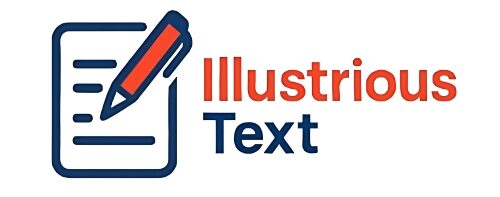Designer bags are not just fashion statements; they are valuable investments that can appreciate over time. However, the allure of these coveted items has led to a surge in counterfeiting, making it crucial for buyers and sellers alike to understand the process of designer bag authentication. This article explores the essential aspects of authenticating designer bags, offering insights into what to look for and how to avoid costly mistakes.
The primary goal of designer bag authentication is to verify the legitimacy of a bag, ensuring it is a genuine product rather than a counterfeit. This process involves a detailed examination of the bag’s materials, craftsmanship, and specific brand identifiers. While some people opt to use professional authentication services, understanding the basics can provide peace of mind and help you make informed purchasing decisions.
One of the first indicators of a fake designer bag is the quality of the materials. Genuine designer bags are made from high-quality materials that not only look luxurious but also feel substantial. When examining a bag, pay attention to the leather or fabric used. Authentic bags will have a certain weight and texture that is difficult to replicate in counterfeits. Additionally, the hardware on genuine bags, such as zippers and clasps, is usually made from high-grade metals and will not easily tarnish or wear.
Another crucial aspect of authentication is the craftsmanship. Designer bags are known for their impeccable stitching and attention to detail. Every stitch should be uniform and precise, with no loose threads or uneven lines. Counterfeit bags often have sloppy stitching that is a dead giveaway of their lack of authenticity. It’s also essential to examine the bag’s lining, which should be made from quality material and fit snugly within the bag without any bunching or sagging.
Brand identifiers, such as logos and serial numbers, are also vital in the authentication process. Genuine designer bags will have logos that are clearly defined and precisely placed. Serial numbers or date codes, when applicable, should be present and match the brand’s known formats. These identifiers are often hidden within the bag or on specific tags, so it’s important to know where to look.
In addition to these physical characteristics, purchasing from reputable sources is another layer of protection against counterfeits. When buying online, it’s crucial to research the seller’s reputation and read reviews from previous customers. Some platforms offer designer bag authentication services as part of their sales process, adding an extra level of security.
For those who find the authentication process daunting, professional services are available. These services employ experts who can authenticate bags through detailed inspections, sometimes even offering certificates of authenticity. While this option may incur additional costs, it can be a worthwhile investment for high-value purchases.
Understanding the importance of authenticity is not only crucial for buyers but also for sellers. Authenticating a bag before selling ensures that you maintain trust with your customers and protects you from potential legal issues related to selling counterfeit goods. Additionally, a verified authentic bag often fetches a higher resale value.
In conclusion, the world of designer bags is filled with both opportunity and risk. By educating yourself on the key elements of authentication, you can confidently navigate this landscape. Authenticating a bag involves careful examination of materials, craftsmanship, and brand-specific markers. For more insights into purchasing and maintaining your luxury items, visit the Loan Lenders Australia homepage. Doing so will help ensure that your investment remains secure and valuable over time.


